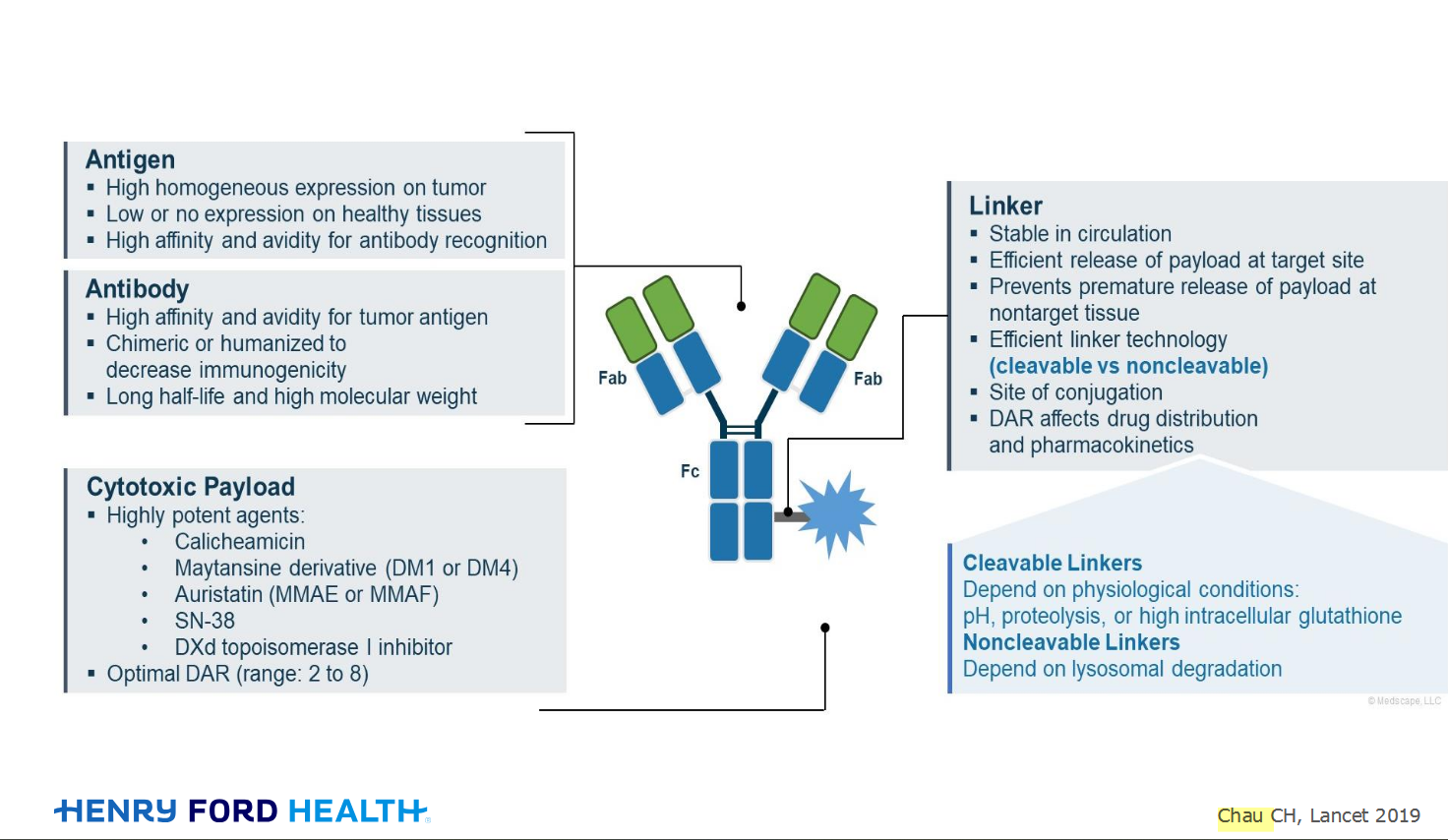Welcome!
Welcome to the new CancerGRACE.org! Explore our fresh look and improved features—take a quick tour to see what’s new.
I had described earlier this week (prior post here) how the long-term follow up of one of the more important adjuvant chemotherapy trials for early stage resected NSCLC patients showed that there may be long-term adverse effects of chemotherapy. My last post also suggested that the benefit of pre-operative chemotherapy in another trial appeared to be limited to the patients with stage IIB and IIIA disease and wasn’t present for stage IB and IIA patients. It would really be ideal if we could predict which patients should receive adjuvant chemo, so we can spare the people who don’t need it or won’t benefit from it the negative effects.
One of the emerging approaches that is still investigational but is promising is the concept of molecular signatures, or gene signatures. A technology called microarray gene analysis now exists to take a tissue sample (which must be snap frozen at the time of surgery, a significant limitation for broadening the availability of this test) and then check for levels of dozens of genes all at once. The concept of the “gene signature” has emerged, which is a collection of a few to a dozen or more genes that have patterns of being expressed at higher or lower levels that are consistent with overall more aggressive or less threatening behavior. I’ve described some of this work in a prior post here.
We can add another provocative study to the mix, based on the adjuvant chemotherapy trial designated as BR.10 and led by NCI-Canada (abstract here). This trial, which included participation throughout North America by the other cancer cooperative groups, randomized stage IB and II patients to observation or chemo with cisplatin/navelbine for four cycles after surgery:
To summarize the results in a sentence, chemotherapy conferred a 15% survival benefit, which actually limited to the stage II patients. At ASCO 2008, the investigators presented the results of their work on a 15-gene signature that they have been working on, using tissue from the subset of enrolled patients who had frozen tissue available and had provided consent for this work (abstract here). They demonstrated that this gene signature can reliably discriminate between early stage patients at very high risk from those at low risk for recurrence and death, both for stage IB and stage II, if they did were assigned to observation:
On the other hand, for the patients who received chemotherapy, the high risk group now does remarkably better than the high risk group that received observation only (below left). In contrast, though, the patients with lower risk disease as defined by gene signature received no benefit from chemotherapy, and the curve on top is the group that was observed and did not receive chemo (below right):
These curves are very similar to the situation with ERCC1, the marker of sensitivity to cisplatin that I described in a prior post as potentially helping to discriminate between patients likely to benefit from post-op chemo from those who won’t (or at least are unlikely to benefit from chemo that includes cisplatin).
We’ll cover more on this concept with the next post.
Please feel free to offer comments and raise questions in our
discussion forums.
Dr. Singhi's reprise on appropriate treatment, "Right patient, right time, right team".
While Dr. Ryckman described radiation oncology as "the perfect blend of nerd skills and empathy".
I hope any...
My understanding of ADCs is very basic. I plan to study Dr. Rous’ discussion to broaden that understanding.

An antibody–drug conjugate (ADC) works a bit like a Trojan horse. It has three main components:
Bispecifics, or bispecific antibodies, are advanced immunotherapy drugs engineered to have two binding sites, allowing them to latch onto two different targets simultaneously, like a cancer cell and a T-cell, effectively...
The prefix “oligo–” means few. Oligometastatic (at diagnosis) Oligoprogression (during treatment)
There will be a discussion, “Studies in Oligometastatic NSCLC: Current Data and Definitions,” which will focus on what we...
Radiation therapy is primarily a localized treatment, meaning it precisely targets a specific tumor or area of the body, unlike systemic treatments (like chemotherapy) that affect the whole body.
The...

Welcome to the new CancerGRACE.org! Explore our fresh look and improved features—take a quick tour to see what’s new.
A Brief Tornado. I love the analogy Dr. Antonoff gave us to describe her presentation. I felt it earlier too and am looking forward to going back for deeper dive.